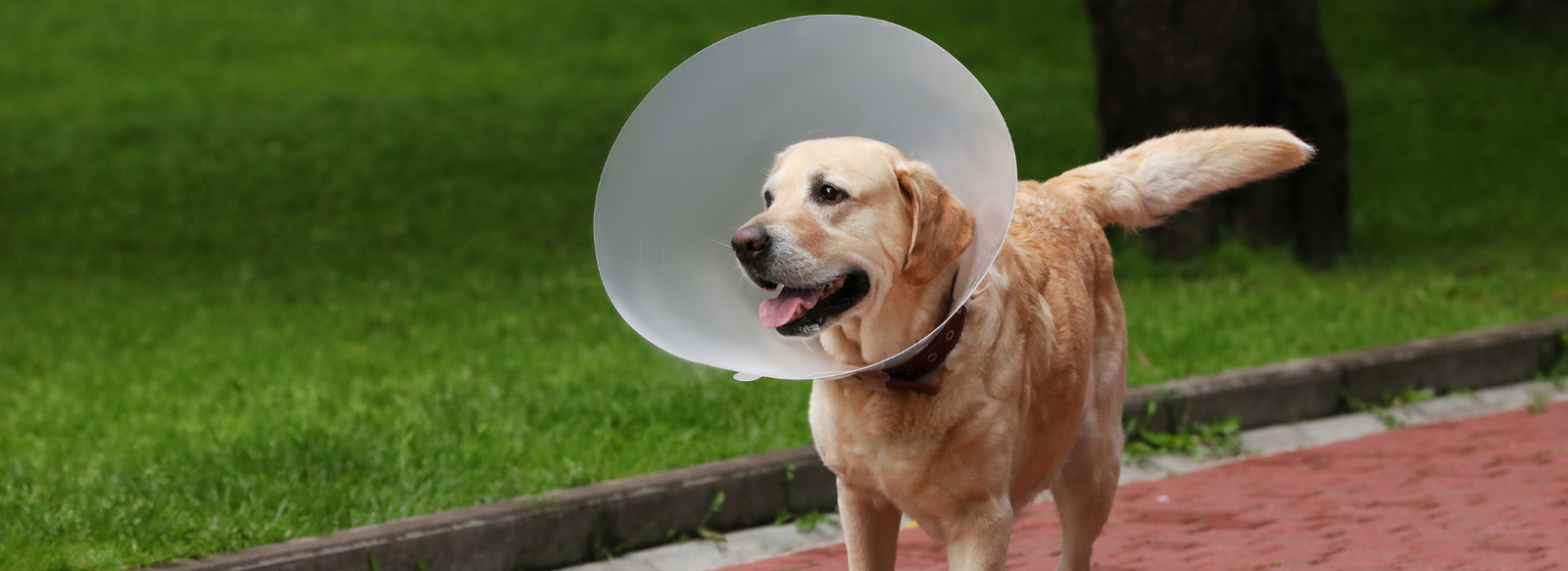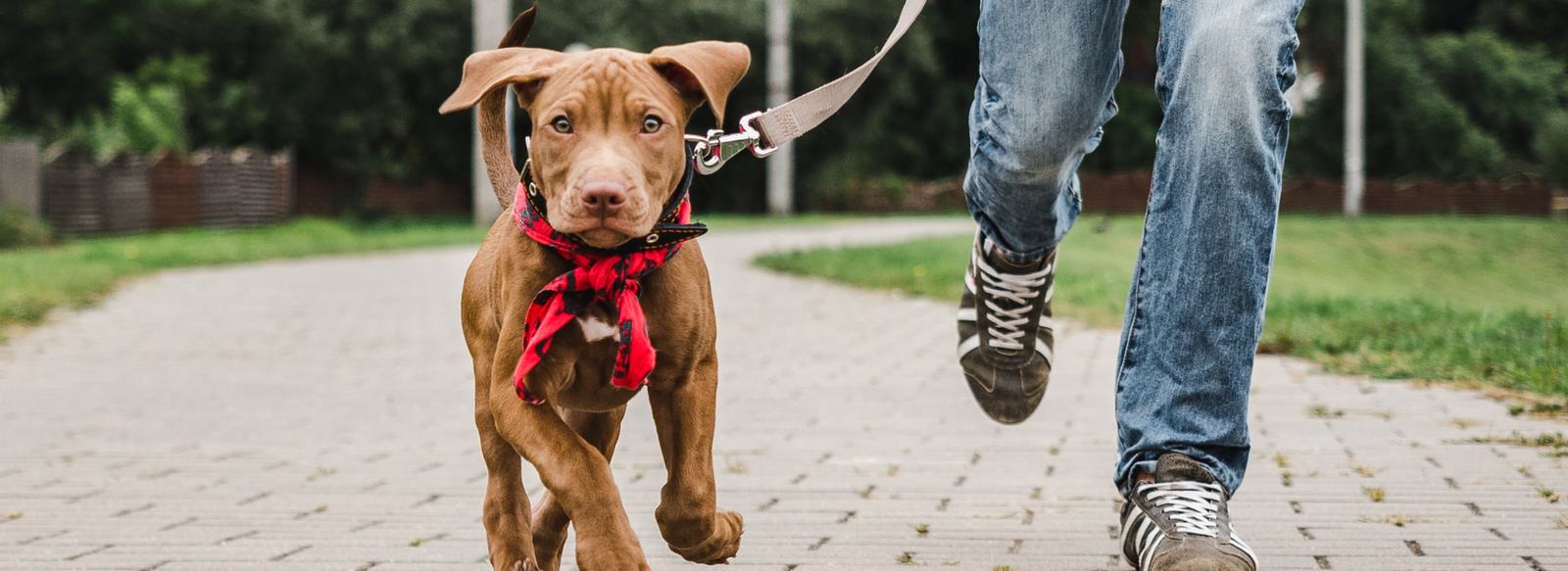How to Tighten a Dog Collar: A Comprehensive Guide for Dog Owners
Dog ownership is a joyful and rewarding experience, but it also comes with its share of responsibilities, one of which is ensuring the safety and comfort of your furry friend at all times. An essential aspect of this duty is choosing and maintaining the right collar for your dog. The dog collar serves multiple purposes: it’s a place to hang ID and vaccination tags, a handle for grabbing hold of your dog if needed, and a connection point for a leash. However, a collar that is too loose or too tight can lead to various problems, including the risk of escape or injury. This article focuses on how you can effectively tighten a dog collar, ensuring it fits just right for the safety and comfort of your dog.
Understanding the Importance of Proper Collar Fit
Before we dive into the methods for adjusting a dog collar, it’s crucial to understand why proper fit matters. A collar that is too tight may cause discomfort, restrict breathing, or even lead to injury. On the other hand, a collar that’s too loose can slip off, making it easy for your pet to escape and possibly get lost. The ideal collar fit allows for a balance between security and comfort.
Finding the Perfect Fit
To determine the correct fit, you should be able to fit two fingers comfortably between your dog’s collar and their neck. This rule of thumb applies regardless of the dog’s size or collar type. This space ensures the collar is snug enough to prevent it from slipping over the dog’s head while also ensuring it’s not too tight.
Steps to Tighten a Dog Collar
- Identify the Type of Collar: Dog collars come in various types, including buckle, snap, martingale, and slip collars. The method of tightening the collar will depend on its type. Buckle and snap collars typically have clear adjustments, while martingale and slip collars may require you to adjust the length of the collar manually.
- Adjusting a Buckle Collar: To tighten a buckle collar, simply move the buckle to the next hole that makes the collar snug but not too tight. If the collar has become too small or too large and does not have a suitable hole, it might be time to get a new collar that better fits your growing or changing dog.
- Adjusting a Snap Collar: Snap collars usually have a slider for making adjustments. Slide it towards the buckle to tighten the collar and away from it to loosen. Ensure you recheck the fit after adjustments to maintain the two-finger rule.
- Tightening a Martingale Collar: A martingale collar is designed to prevent dogs from slipping out of their collars while avoiding the choking effect of slip collars. To adjust, pull the small loop and slide the adjuster closer to or away from the larger loop. Always ensure that the collar tightens enough to prevent escape but can still loosen for comfort.
- Adjusting a Slip Collar: Slip collars are used primarily for training and should be adjusted to sit high on the dog’s neck. These collars tighten when pulled and should only be tight enough to apply gentle pressure. Never leave a slip collar on a dog unattended.
Tips for Collar Safety and Maintenance
- Regular Checks: Frequently check the fit of your dog’s collar, especially in puppies and fast-growing breeds. Dogs may also gain or lose weight, affecting collar fit.
- Clean the Collar: Regularly clean your dog’s collar according to the manufacturer’s instructions. This prevents dirt buildup that can cause discomfort or skin issues.
- Rotate Collars: If you have multiple collars for different occasions (e.g., a decorative collar and a practical, sturdy one for walks), rotate them to prevent wear and tear in one spot.
- Mind the Material: Ensure the collar material is suitable for your dog’s skin and fur type. Some materials may cause irritation or matting in sensitive dogs.
When to Replace a Dog Collar
Despite adjustments, a dog collar can wear out or no longer fit correctly due to growth or weight change. Signs that it’s time to replace the collar include fraying, difficulty in adjusting, and visible signs of discomfort from your dog.
Conclusion
A perfectly fitting dog collar is crucial for the safety and well-being of your pet. By following the guidelines outlined in this article, you can ensure that your dog’s collar is neither too tight nor too loose. Remember, the key to a good collar fit is not just in the correct adjustment but also in regular checks and maintenance. Ensuring the comfort and safety of your furry friend is a sign of responsible and loving dog ownership.



